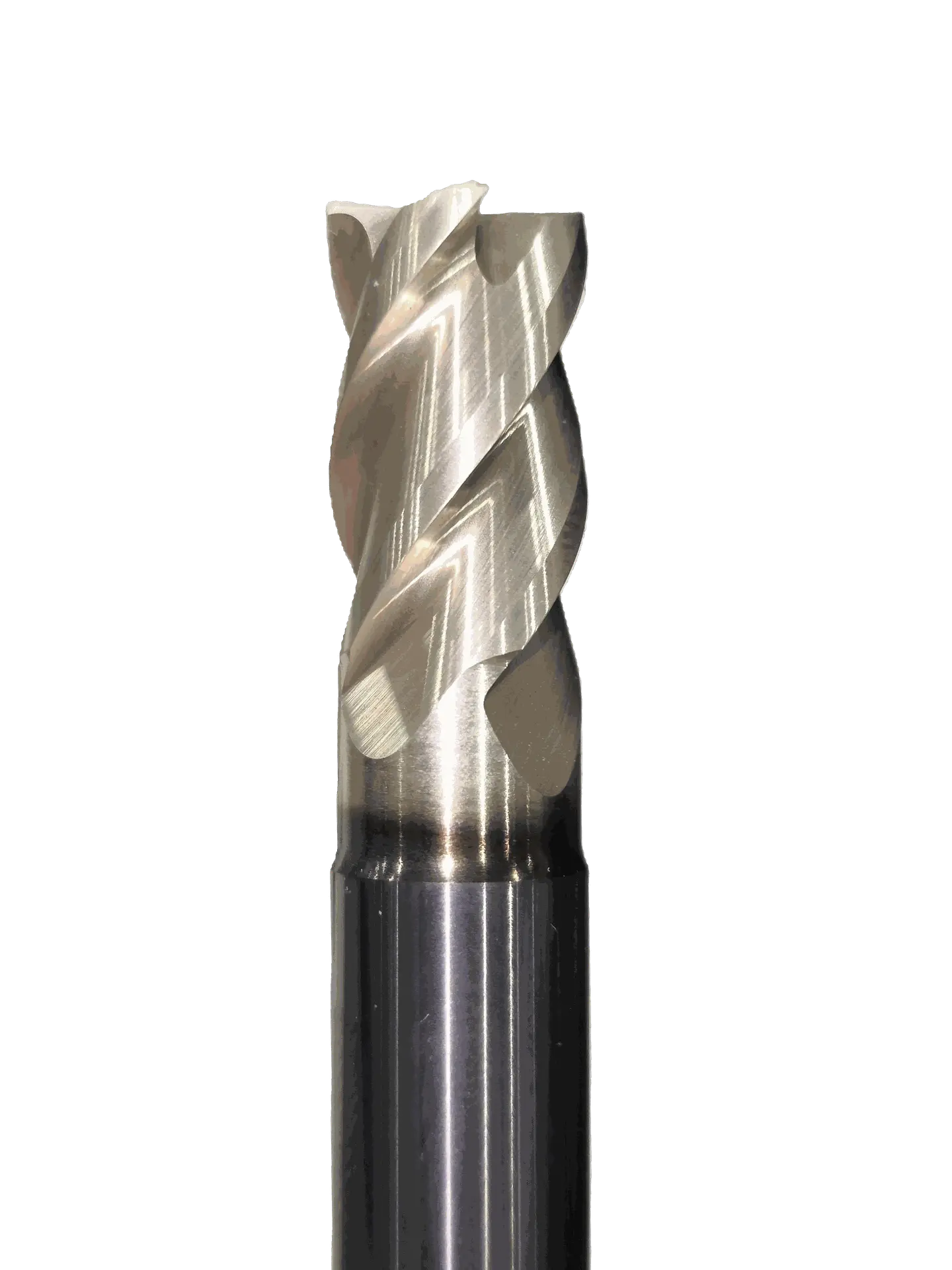Common Mistakes to Avoid
Avoiding these mistakes will ensure your part passes the online and offline DFM checks when uploading your parts and dramatically improve turnaround time and eliminate extra cost to manufacture parts.
Sharp Internal Corners
Why it’s a problem: End mills are round, so internal corners can’t be perfectly sharp.
Better approach: Use fillets with radii equal to or larger than the cutter radius (e.g., ≥ 1.5× tool radius) or the largest fillets possible.
Thin Walls
Why it’s a problem: Thin walls are prone to vibration, deflection, or breaking during machining.
Better approach: Keep wall thickness ≥ 1 mm for metals and ≥ 1.5 mm for plastics (e.g. ≥ 2-3mm or more for taller walls, especially in metal).
Deep, Narrow Cavities or Pockets
Why it’s a problem: Long tool reach reduces rigidity, increases chatter, and slows machining.
Better approach: Keep pocket depth ≤ 4× the pocket width; avoid excessive depth unless necessary.
Overly Tight Tolerances
Why it’s a problem: Unnecessarily tight tolerances increase machine time and cost.
Better approach: Only apply tight tolerances where they’re functionally required. Standard tolerance (±0.125 mm or ±0.005") is sufficient for most features.
Undercuts and Non-Standard Features
Why it’s a problem: These require special tools or 5-axis machines, increasing cost.
Better approach: Redesign features to avoid undercuts or ensure they're accessible with standard tooling.
Unnecessary Surface Finishes
Why it’s a problem: Cosmetic or tight surface finishes (e.g., Ra ≤ 0.8 μm) add cost.
Better approach: Specify finishing only where necessary (functional surfaces, mating parts).
Ambiguous or Incomplete Drawings
(when required for Online Instant Quote)
Why it’s a problem: Missing or unclear specs can cause delays, mistakes, or rework.
Better approach: Provide fully dimensioned drawings with material, finish, and tolerance callouts.
Ignoring Tool Access
Why it’s a problem: If a tool can’t physically reach a feature, it can’t be machined.
Better approach: Ensure adequate clearance and avoid obstructed geometry. Ensure that features are easily reached with standard length tools. Avoid features that require long/thin tools (like a long/thin drill) as such features increase cost and time.
Choosing Hard-to-Machine Materials Without Justification
Why it’s a problem: Exotic and hard materials (like Inconel, titanium) can be expensive and slow to machine.
Better approach: Choose materials based on performance and machinability—like 6061 aluminums for general use.
